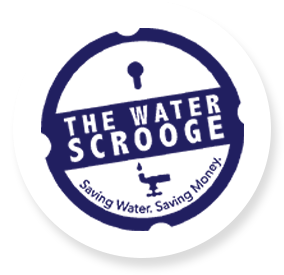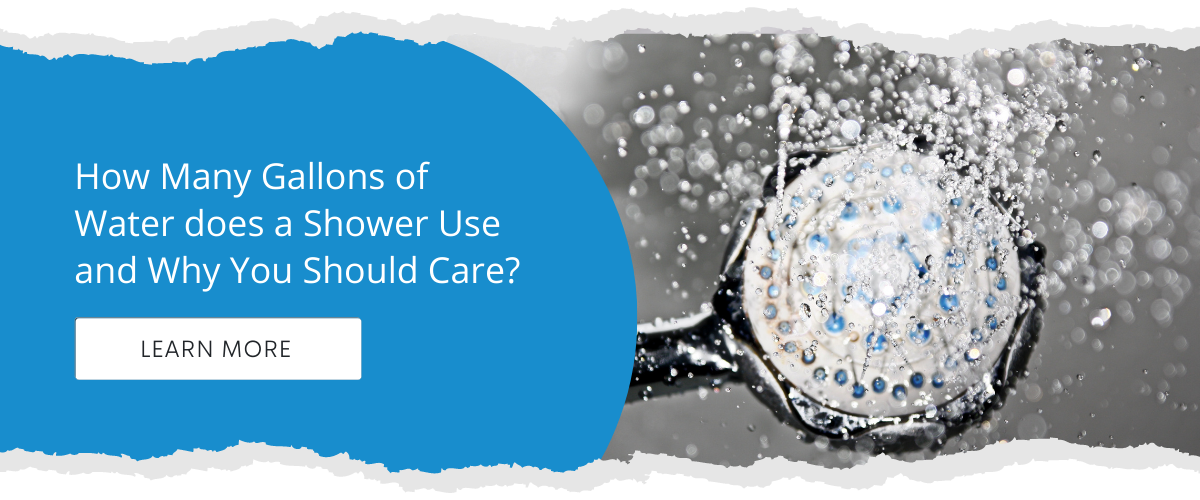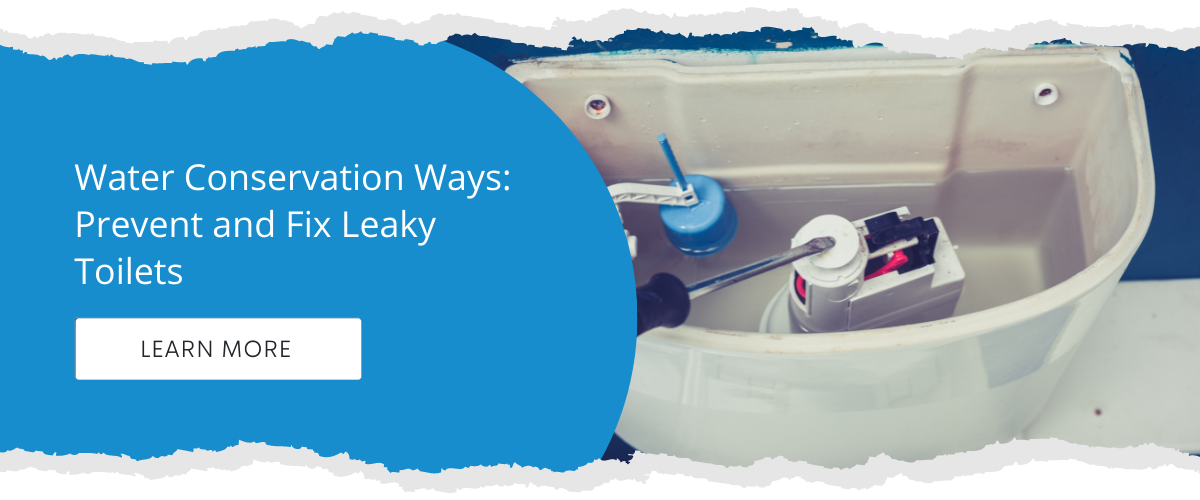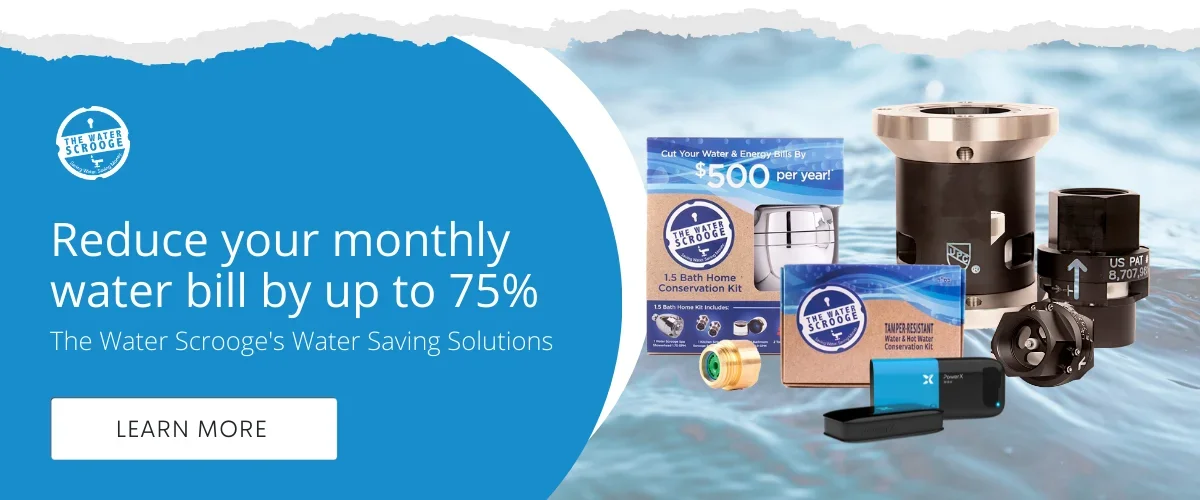4 min read
5 Easy Tips for Water Conservation in High Rise Buildings
![]() David Schwartz
Sep 29, 2016 9:00:00 AM
David Schwartz
Sep 29, 2016 9:00:00 AM

Managing a high rise building involves many moving parts. Perhaps, the most important of them all? Keeping operating expenses low.
While there is much money to be made, there is also much money to be lost. Overlook important details and profits can nosedive quickly. Implementing a few cost-cutting solutions can often be the difference between hundreds of thousands of dollars over the course of a calendar year.
How to Conserve Water In Your High Rise
While there are many operational expenses to be evaluated, it would behoove most landlords to begin with water. It's the biggest bang for your buck in terms of time, effort, and profit.
Over the past 15 years, the cost of water has risen more than 200 percent in NYC. If you've been monitoring your bills over the years, you're well aware of how quickly those incremental increases add up.If units (occupied by 2-3 individuals, on average) are averaging more than 150 gallons of water usage per month, you're likely paying thousands of dollars in unnecessary utility expenses.
In this article, we'll review how to begin conserving water in your building right now so you can begin seeing more dollars in your bank account.
01. Educate Tenants: Speak their Language
What do you think will happen if you ask tenants to conserve water? Do you think they'll listen to you? Probably not.
When someone isn't footing the bill, they're not likely to pay close attention to their usage. With that said, most tenants are more reasonable than landlords give them credit for. Appeal to logic and their most pressing concerns and you just might be surprised at how receptive people become.
Create Water Conservation Packets
Create and distribute water conservation packets to all new tenants. Keep your message concise, interesting, and focused on answering one question: Why should I care?
Customize Your Packets
If the majority of residents are Millennials (ages 18 to 34), they are probably environmentally conscious. Write your packet from the perspective of "conserving precious resources." Include shocking and fun facts, statistics, and illustrations. Conversely, if the majority of residents are lower-income individuals, they are likely to be more concerned with saving money. Let them know that conserving water helps keep rent prices low for everyone.
Include a Gift
Finally, include a reusable resource with your packet. That could be a refrigerator magnet, a key chain, or just a PDF to post on the fridge. Will everyone cooperate? Probably not. But a few tenants on your side is better than none!
02. Install Tamper-proof Shower Heads
Our research shows the average residential landlord is overpaying for water by about $500 per unit per year. A large percentage of the expense is coming from long showers and high GPM (gallon per minute) shower heads.
While there isn't much you can do to control shower time (aside from distributing the aforementioned packets), you can control water flow. Installing a low-flow shower head is rarely enough.
After partnering with many residential buildings over the years, we have yet to see one case where outfitting units with tamper-proof models didn't decrease water bills—even if the property had already installed their own low-flow models beforehand! How is that possible?
Tenants are uninstalling standard shower heads in favor of high-flow models. Older models use as much as 4 gallons of water per minute, while the Water Scrooge uses 1.75.
Translation: This sneaky action multiples water bills, and landlords are none the wiser.
03. Proactively Manage Toilet Leaks
Your next major culprit? Toilet leaks. According to the Environmental Protection Agency, toilets account for 26 percent of the water used in the average home.
A medium-sized, silent leak can waste 250 gallons of toilet water a day or roughly 108,000 gallons a year.One in five toilets has a leak at any given time, according to the American Water Works Association. That means $24,000 a year for a 100-unit building!
Unfortunately, outside of inspecting every toilet every day, it's difficult to identify all the leaks as they occur.
One solution is to install wireless toilet monitoring. A small device sits at the base of the toilet; it can instantly report on fill cycles, flushes per day, and a variety of data points. Another option is to routinely calibrate toilets. Accumulated water pressure, mineral deposits, and corrosion of parts over time contribute to more water being cycled than necessary.
04. Install Rainwater Harvesting
Rainwater harvesting is the process of collecting, purifying, and storing rainwater for later use. Interestingly, the practice is nothing new. Our ancestors routinely captured rainwater for irrigation, feeding, livestock, and chores.
The practice has since been combined with modern technology to purify water that can actually be used in a multitude of ways: Landscape irrigation, laundry, storm water control, and even drinking water with some systems. Modern harvesting devices are extremely versatile and can collect rainwater from both paved (i.e. a terrace or courtyard) and unpaved (i.e. the lawn) areas.
All systems have basics components, which include a catchment surface, conveyance system, storage, distribution, and treatment. According to harvesting provider Aquaco, you can expect to wait anywhere from 3 to 5 years to a see an ROI.
05. Install Grey-water Harvesting
Another less common solution, though equally useful, is grey-water harvesting. The system captures, filters, and stores the water tenants use from showers and sinks for future use.
How much water are we talking? Once processed, the amount of water saved typically equates to the amount of water required for flushing toilets. In many cases, consumption of main water can be reduced by about 50 percent.
Similar to rainwater harvesting, grey-water harvesting generally pays for itself within 3 to 5 years. Consult your local apartment owners association for more information about installing harvesting systems.
Conserving Water Isn't Rocket Science
As a property owner, you have many options when it comes to conserving water. The question is: Will you act on them? We know you're busy, but the sooner you take action, the sooner you will boost your bottom line. Conserving water is a "win-win" all around—the planet, the human race, and your pocketbook!
About The Water Scrooge™
The Water Scrooge™ offers water conservation ways and products to multi-family landlords and homeowners, including: shower flow controllers, Leak Detection Systems, Toilet Leak Prevention Devices (The Toilet Scrooge™), water flow management devices (SMART Valve™), toilet calibration and DIY products.
Also featuring The Water Scrooge™ App. Our app empowers your team to carry out the installation of our kits. With it, you can also record and track data points about the units (other than water usage).




